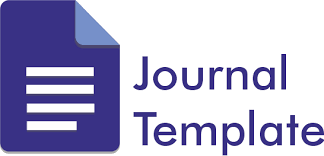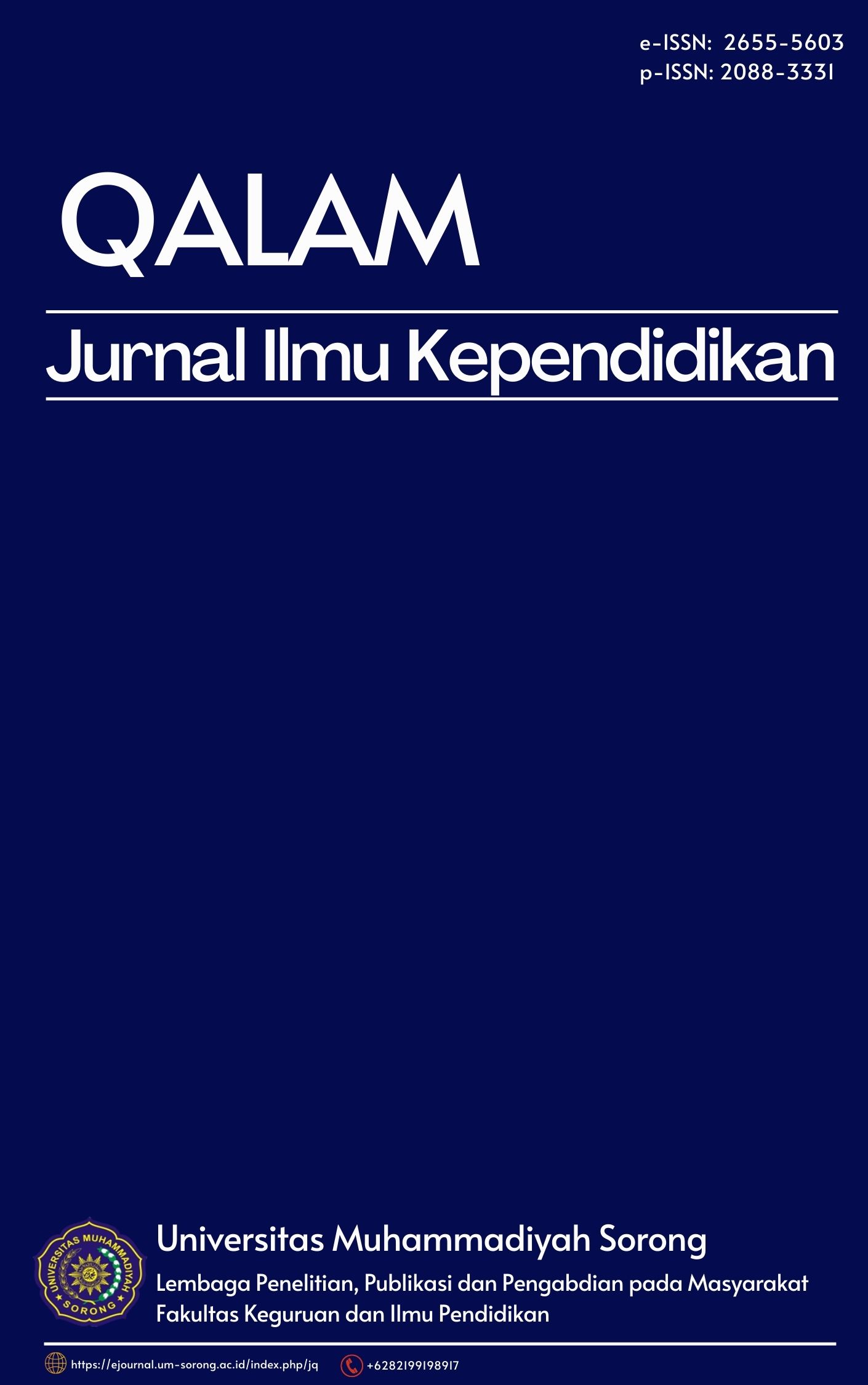The Application of Brain-Based Learning in Teaching Reading Comprehension to The First Year Students of MA As'adiyah Ereng-Ereng Bantaeng
DOI:
https://doi.org/10.33506/jq.v9i1.975Keywords:
Brain-Based Learning, Teaching, Reading ComprehensionAbstract
The objective of this research described the application of Brain-Based learning to be used in teaching reading comprehension to the first year students of MA As’adiyah Ereng-Ereng Bantaeng Regency. The method was used by the research was descriptive quantitative method. The variables of this research were independent variable (the application of Brain Based Learning) and dependent variable (Teaching Reading Comprehension). The population of this research was the first year students of MA As’adiyah Ereng-Ereng Bantaeng Regency in academic year 2010/2011.The total number of population was 22 students. The sample of the research was 22 students which were taken by using total sampling technique. The instrument of this research was reading comprehension test. The result of the data indicated that there was a good classification. The mean score of post-test was (80) and standard deviation in post-test was 9.1. Based on the finding and discussion of the research, the researcher drawn a conclusion that the application of Brain Based Learning was good to be used in teaching reading comprehension to first year students of MA As’adiyah Ereng-Ereng.
References
Arikunto, Suharsimi. 2006. Prosedur Penelitian Suatu Pendekata Praktek.
Jakarta: Rineka Cipta.
Caine, R., & Caine, G. 1994. Making connections: Teaching and the human brain.
Menlo Park, CA: Addison-Wesley.
Erlauer, L. 2003. The brain-compatible classroom: Using what we know about
learning to improve teaching. Alexandria, VA: Association for Supervision and Curriculum Development.
Given, Barbara. 2002. Teaching to the Brain’s Learning Natural System, Association for supervision and curriculum development; Virgina
Hasyim, R., Ibrahimm, I. and Said, E., 2019. The Use of Two Stay Two Stray Method to Improve Students’ Reading Comprehension. Lisan: Jurnal Bahasa dan Linguistik, 9(1), pp.28-36
Husain, Noushad. 2011. Brain Based Learning: Pedagogical Implications. 10.13140/2.1.4588.8806
Lee Opalek, Tamara. 2005. Best Practice of Brain research for teaching primary Reading; Florida; Hardee Countee
Smith and Richard. 1980. Theoretical Models and Process of Reading. Barkeley:University of California
Sousa, David A. 2001. How the Brain Learns. California. Corwin Press
Slyvester, R. 1995. A Celebration of neurons: An educator’s guide to the human brain. Alexandria, VA: Association for Supervision and Curriculum Development.
Tileston, D. W. 2004. What every teacher should know about learning, memory, and the brain. Thousand Oaks, CA: Corwin Press.
Downloads
Published
How to Cite
Issue
Section
License
The article copyright is owned by the author and Qalam: Jurnal Ilmu Kependidikan

This work is licensed under a Creative Commons Attribution-ShareAlike 4.0 International License.




